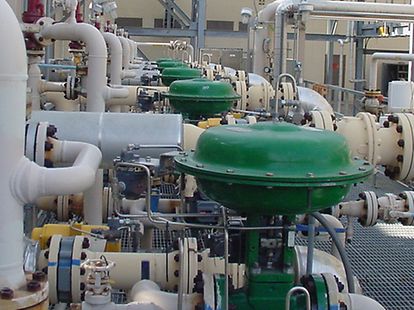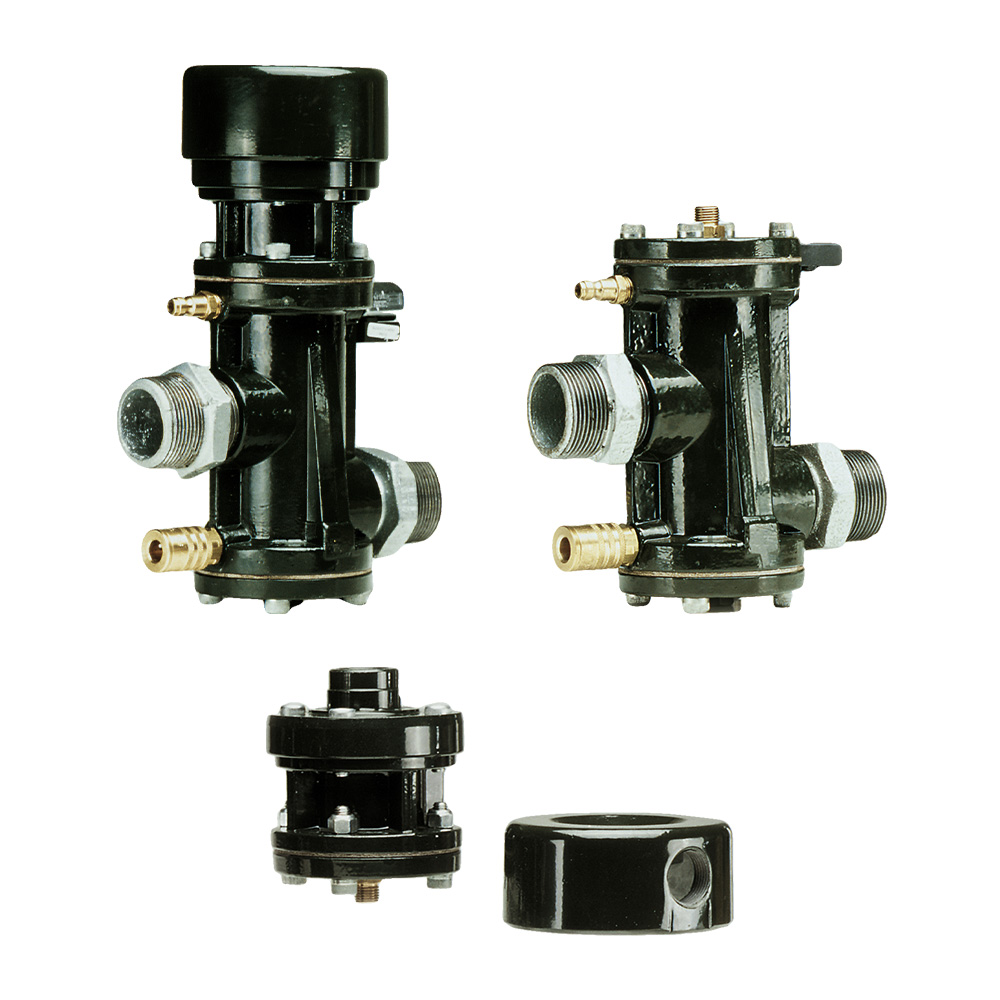
Maximize Power Financial Savings and Comfort With Advanced Structure Automation Controls
In the world of contemporary architecture and center administration, the integration of advanced structure automation manages stands as a critical advancement. The merging of innovation and sustainability has birthed a brand-new age where energy efficiency, convenience optimization, and functional streamlining are no longer remote ambitions however achievable realities. By using the power of automation, buildings can adjust, respond, and advance in methods that were as soon as unthinkable. The capacity for significant power cost savings and enhanced convenience is not just a promise yet an opportunity waiting to be satisfied. This standard change in building management holds the essential to opening a world where ecological conscientiousness and resident health harmoniously exist side-by-side within the walls of our frameworks.
Power Efficiency Perks
Power effectiveness benefits can significantly minimize energy intake and operational expenses in structures. Energy-efficient systems, such as sophisticated structure automation controls, can enhance the usage of resources like lights, heating, and cooling, leading to reduced energy expenditures over time.
Additionally, improved energy performance can extend the lifespan of structure equipment and systems. By running a lot more efficiently, heating and cooling systems, lighting fixtures, and other structure parts experience much less deterioration, leading to lowered upkeep and replacement expenses. In addition, energy-efficient buildings typically regulate greater residential property values and rental rates, providing long-term monetary benefits to owners.
Furthermore, energy performance can enhance passenger comfort and efficiency. Correctly managed indoor environments with ideal lighting and thermal problems create an even more favorable and enjoyable work space, bring about improved staff member fulfillment and efficiency. In general, the energy performance benefits related to sophisticated building automation controls are complex, including price savings, ecological stewardship, and resident well-being.
Improved Comfort Control
Enhancing convenience control in building settings needs an innovative assimilation of sophisticated automation systems for optimum occupant well-being. By utilizing sophisticated building automation controls, facilities can tailor the interior setting to fulfill the specific requirements and preferences of occupants. These systems allow specific policy of air flow, lighting, and temperature level, creating a effective and comfy ambience. Resident contentment and productivity are closely connected to thermal convenience, making it important to have systems in place that can adjust to transforming conditions in real-time.
Enhanced comfort control goes beyond fundamental temperature adjustments. It includes functions such as personalized settings, occupancy sensing units, and natural light utilization to produce a responsive and dynamic environment. By incorporating these advanced controls, buildings can not just enhance convenience yet additionally boost power performance by maximizing system procedures based upon actual occupancy and usage patterns. Inevitably, prioritizing owner comfort via advanced automation systems brings about a much more enjoyable and healthier interior atmosphere.
Operational Efficiency Improvements

Additionally, the implementation of real-time surveillance and analytics tools makes it possible for building drivers to identify energy inadequacies and operational abnormalities promptly. By constantly monitoring energy usage patterns and system efficiency metrics, changes can be made in real-time to optimize energy usage and make certain peak functional efficiency. control valves. Furthermore, including need response techniques right into structure automation controls can further improve functional performance by dynamically adjusting energy usage based upon grid problems and pricing signals
Indoor Climate Optimization
Effective interior environment optimization is a fundamental facet of structure automation controls, making sure occupants' comfort and health while making best use of energy cost savings. By making use of innovative sensing units and controls, developing automation systems can constantly keep an eye on and readjust temperature level, moisture levels, air high quality, and ventilation to create an optimal interior setting. Preserving comfortable and consistent problems not just improves resident fulfillment however likewise increases productivity and overall health.
Interior environment optimization likewise plays a critical duty in power performance. By fine-tuning air conditioning, air flow, and heating systems based upon real-time data and tenancy patterns, constructing automation controls can dramatically decrease energy consumption - control valves. Applying techniques such as demand-controlled air flow and thermal zoning can assist reduce energy waste while guaranteeing that each area of the building obtains the needed conditioning.

Sustainable Setting Production
Structure automation manages not only optimize indoor environment problems for power effectiveness and passenger comfort but also lay the structure for developing a lasting setting through tactical administration of sources and systems. By incorporating innovative structure automation modern technologies, such as sensors, actuators, and intelligent software, centers can websites monitor and adjust energy usage in real-time to minimize waste and decrease their carbon impact. These systems allow anticipating upkeep, recognizing possible concerns prior to they intensify and maximizing tools efficiency to boost longevity and performance.
Additionally, sustainable setting creation expands beyond power administration to encompass water preservation, waste decrease, and indoor air top quality enhancement. Building automation controls can control water usage, find leakages, and make certain proper waste disposal practices, adding to overall sustainability efforts. Furthermore, by controlling and keeping track of ventilation and filtering systems, these innovations enhance passenger health and wellness and productivity while reducing energy usage associated with HVAC procedures.
Conclusion
To conclude, advanced building automation manages offer considerable advantages in regards to energy cost savings, comfort control, operational performance, interior climate optimization, and developing a sustainable setting. By implementing these controls, buildings can attain ideal efficiency while minimizing power intake and improving resident comfort. It appears that using innovative automation technology is important in boosting structure efficiency and developing a more sustainable future.
Energy effectiveness advantages can significantly decrease energy intake and functional expenses in buildings. On the whole, the energy effectiveness advantages connected with sophisticated building automation controls are multifaceted, encompassing cost financial savings, ecological stewardship, and owner health.
Additionally, incorporating need action methods into structure automation controls can additionally More Help improve operational performance by dynamically readjusting energy usage based on grid problems and prices signals.
Building automation controls not just maximize interior environment problems for energy effectiveness and resident convenience yet additionally lay the structure for developing a sustainable setting with critical management of systems and sources.In verdict, advanced building automation controls offer considerable benefits in terms of energy cost savings, convenience control, operational efficiency, interior environment optimization, and producing a lasting setting.